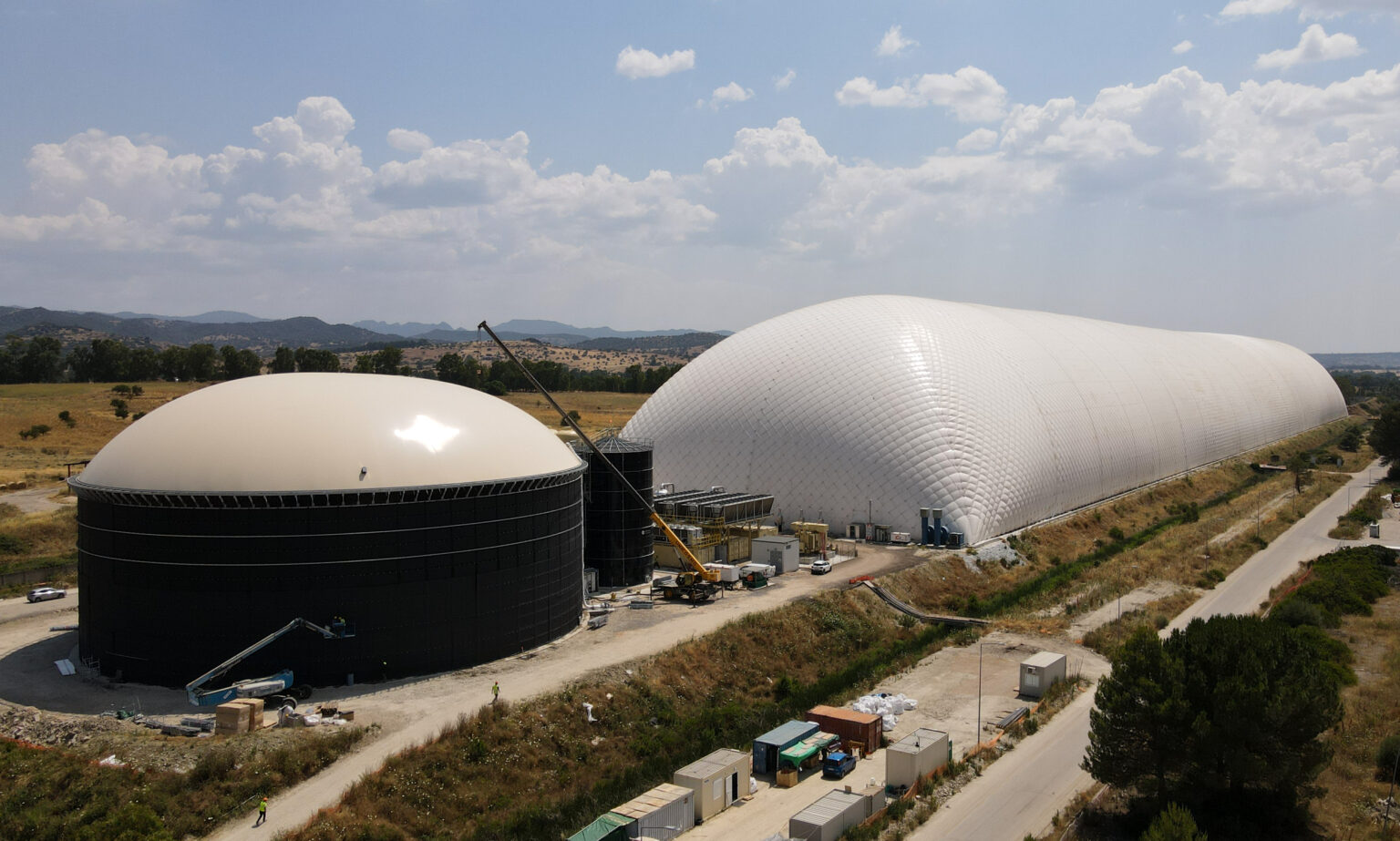
Tech giant Google is striving to achieve carbon neutrality by 2030. The company is not only actively sourcing and deploying renewable energy sources like solar and wind power, but is also investing in next-generation energy technologies to position itself for the future of the energy market. Recently, Google announced a long-term partnership with Italian startup Energy Dome, integrating its innovative long-duration energy storage technology, called "CO2 Batteries," which can store and release energy for 8 to 24 hours, potentially increasing energy dispatch flexibility.
Low-cost, long-life CO2 batteries help Google move toward 24/7 CFE
Energy Dome, based in Italy, was established in 2020 and has signed multiple commercial-scale contracts in Italy, the United States and India. It will launch its first large-scale commercial demonstration project on the Italian island of Sardinia in 2022, with a scale of 20 to 200MW (kilowatts).
Energy Dome's CO2 Battery, as the name suggests, stores carbon dioxide in special giant airbags. When the grid has sufficient power, the carbon dioxide is compressed into a liquid for storage. When the grid needs rescue, the pressurized liquid carbon dioxide can be converted back into hot gas to drive the generator to generate electricity. It can continuously store and release energy for up to 8 to 24 hours .
According to Energy Dome's official website , the carbon dioxide battery has a round trip efficiency of 75%. Although it is not as high as the 90% of lithium-ion batteries, it has a low manufacturing cost, uses off-the-shelf equipment, does not rely on rare metals such as lithium, and has a service life of up to 30 years .
Google believes that its new carbon dioxide battery can store excess clean energy and deliver it to the grid within 8 to 24 hours, thereby bridging the gap between renewable energy generation and electricity demand. The company hopes that this commercial partnership and investment will enable it to release even more clean energy to the grid by 2030, bringing it closer to achieving its goal of "24/7 Carbon Free Energy."
Google did not disclose the investment amount, but only stated that in addition to establishing a long-term partnership with Energy Dome, it will also support more developing long-duration energy storage technologies (LDES) through two commercial agreements, promote the market to expand the adoption of mature technologies such as Energy Dome, and promote early-stage investment.
Innovative energy storage technologies have shown strong performance, with sand batteries and iron-air batteries attracting attention.
Achieving 24/7 uninterrupted use of renewable energy is no easy task. Solar and wind power are intermittent energy sources. Solar power is limited by sunlight hours, while wind power is affected by wind conditions. Therefore, they must be paired with energy storage systems to provide a stable power supply. Google points out that current lithium-ion battery energy storage systems can store and distribute approximately four hours of power, helping to increase grid capacity and dispatch renewable energy to meet peak nighttime demand. This is a short-term energy storage system.
In contrast, long-duration energy storage systems, such as pumped hydro and flow batteries, can complement the short-duration energy storage. Energy Dome's carbon dioxide energy storage technology addresses this gap. Google, citing research from the Electric Power Research Institute (EPRI), noted that long-duration energy storage systems can effectively integrate renewable energy sources to create a more flexible and reliable power system.
The U.S. Long-Duration Energy Storage Council (LDES Council) estimates that if 8 terawatts (TW) of long-duration energy storage systems are deployed by 2040, it will save the world approximately $540 billion annually through grid optimization.
In recent years, a growing number of innovative long-duration energy storage technologies have garnered attention. In June of this year, Finland commissioned a "sand battery" that uses sand heated to over 500°C to store heat. Meanwhile, US startup Form Energy has developed an "iron-air battery" capable of providing continuous power for up to 100 hours, and has secured investment from Microsoft founder Bill Gates.
Google stated that Energy Dome's carbon dioxide batteries lead the long-duration energy storage technology market, with commercial potential far exceeding other advanced clean energy technologies in which Google has invested. The company hopes to use this long-duration energy storage technology to quickly meet data centers' needs for stable, clean electricity.
Source: Reccessary
Website: Google看好長時儲能技術,與義大利新創合作導入的「CO2電池」厲害在哪? | 新聞 | Reccessary
Disclaimer:
1.The articles compiled and published by this association on the Taiwan Net Zero Emissions Association's official website and in the Member Biweekly Report are for the purpose of introducing international environmental trends and for educational use only, not for profit.
2.Any legal responsibilities or losses resulting from the use or adaptation of articles translated by the association shall be borne solely by the user or adapter.
For more insights on net-zero emissions, feel free to subscribe to our biweekly newsletter:
https://www.tnzea.org.tw/eforms.php?lang=tw&tb=1


